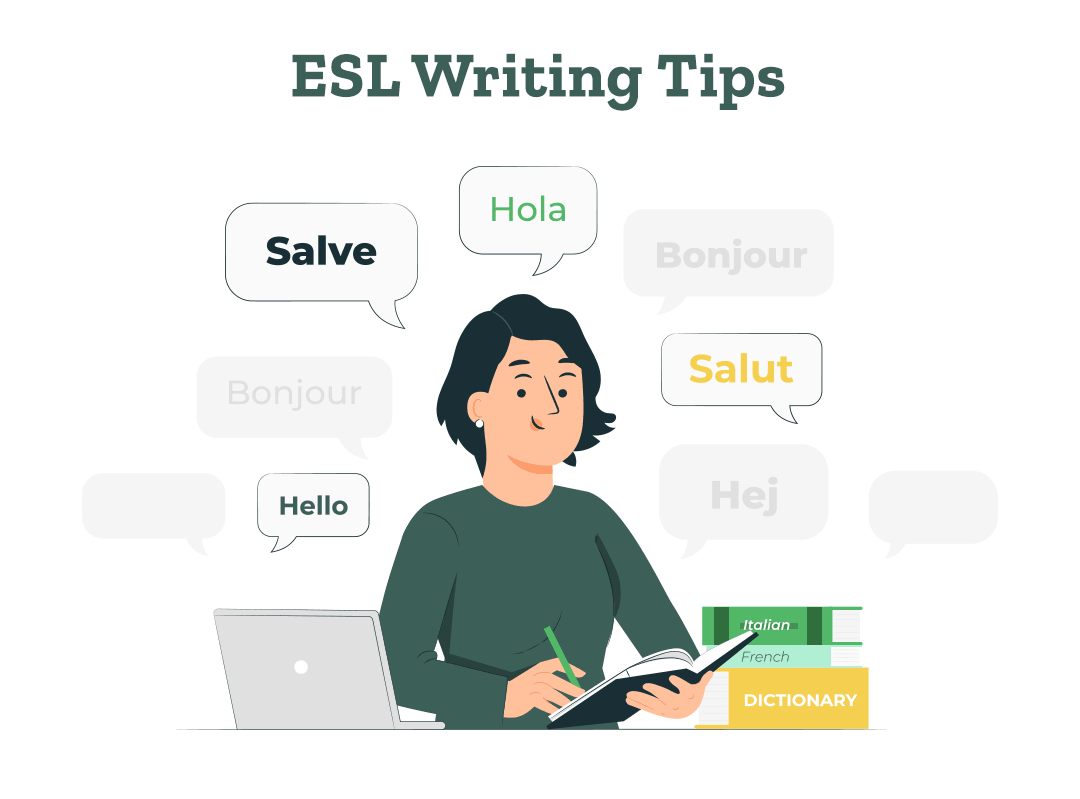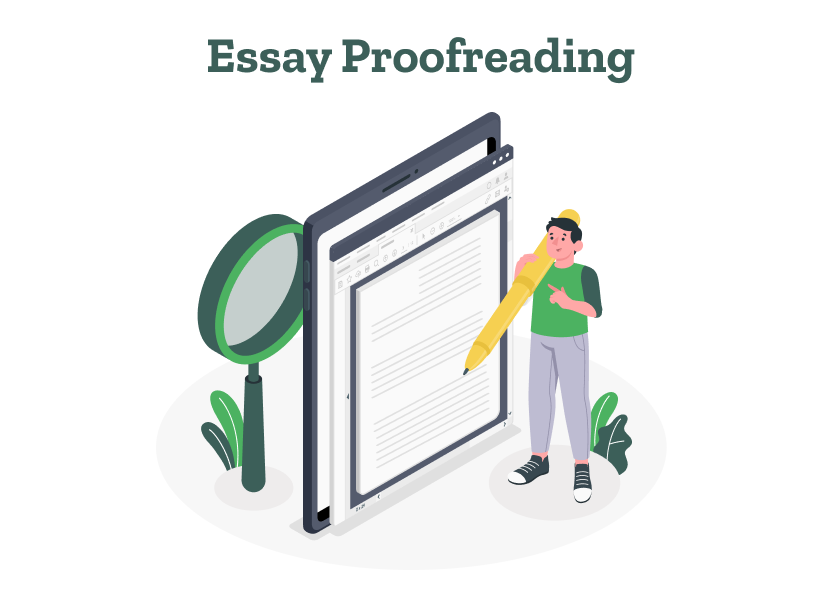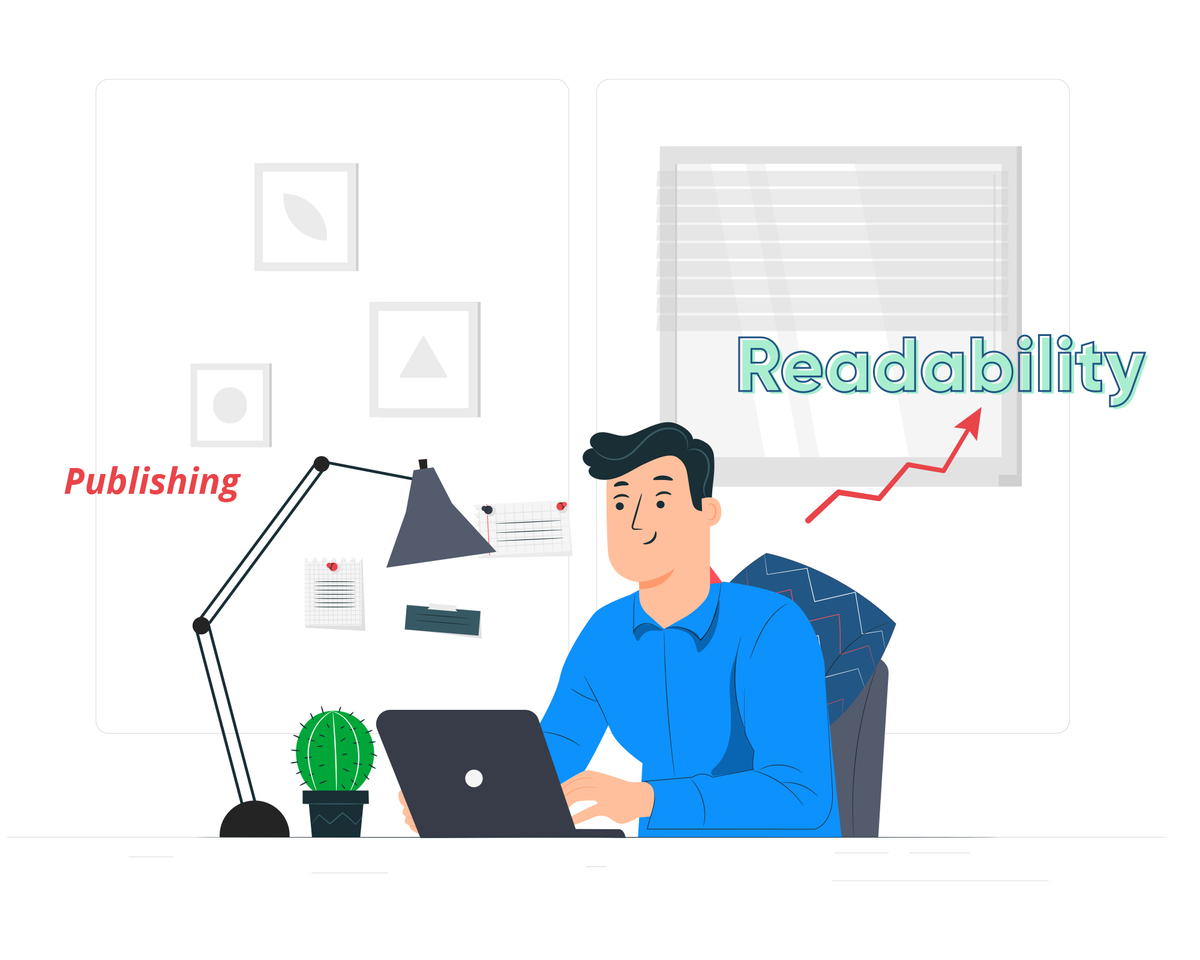Still have questions? Leave a comment

Checklist: Dissertation Proposal
Enter your email id to get the downloadable right in your inbox!

Examples: Edited Papers
Enter your email id to get the downloadable right in your inbox!
How To Write The Perfect Professional Email In 5 Steps
 Feb 02, 2023
Feb 02, 2023 5
min read
5
min read
- Tags: ESL
My first ever job application was a perfectly written professional email. Good structure, language, and I even did a decent job editing and proofreading it. Minor problem: My email id at that point was [email protected].
Not the best move.
I’m sure you would never be responsible for a blunder this blasphemous, yet there are other ways to make your email a little less compelling than it could have been. If you went through your spam right now, you would delete more than half the emails in a glance.
So all you get is one glance. Just once glance to capture your reader’s attention and get them to do what you want. In times as crucial as this, the best writers could falter quite easily. It’s all about finding a balance between nonsense clickbait emails such as ‘Open This To Discover Some Random Useless Thing’ and a snoozefest that will go to the Trash folder unopened.
Lucky for you, we have some tips to write the perfect professional email courtesy our in-house expert editors!
1) Salutations
Why would you call someone you barely know ‘Dear’? Because it’s polite and used in most formal e-mails.
Your Salutation is always followed by a comma, and it’s best to address the recipient by name in order to appeal to them personally. This however, is subject to the situation. For example,
Addressing someone formally involves using their name or simply adding a Mr/Ms. –
Dear Chad,
Mr. Chad,
If you’re unsure of the person’s gender, full name them –
Dear Ashley Martin
If you’re addressing multiple recipients or are unsure of whom you’re corresponding with, go generic –
Greetings!
To Whom It May Concern,
It could get hard to list out all possible salutations, but we can assure you that writing Dear Sir/Madam could strike one as impersonal and is generally avoided.
2) Why Are You Writing?
The first question in my head before I’ve even opened an email is ‘What Do You Want?’. Naturally, this means that when I write, the ‘why’ part of it should be clarified as soon as possible.
We don’t mean a subject line that reads ‘BUY MY PRODUCT’, but definitely not droning on and on without getting to the point. You don’t want to be that distant relative who asks ‘So what else?’ and/or discusses the weather a hundred times before finally asking you if they can crash.
3) Keep It Short
Which of course, brings us to the most important aspect of email writing. Keep it simple, stupid. It’s the essence of all good writing to be able to get the message across in the simplest way possible, and you have to focus on doing just that! For example, if you’re making a pitch via email, there are certain tips that you can employ to communicate your idea better.
Your email should ideally consist of just 2-3 short paragraphs, stating what you want to make happen and how the reader of this mail can help you with it. In case it exceeds the word count, consider reducing the size of it or adding an attachment.
In today’s world of ‘skimmy’ readers, less is more is truer than ever.
4) Closing Statement
There are a lot of ways to end an email so bad; it ends your communication as well. In the spirit of being different, people tend to sign off with a Cheers or even TTYL (text language is a big NO guys!), which just reflects badly on you.
The end of your email should typically follow this format –
A sentence reinforcing your message, followed by when you will make future correspondence and what for.
Sincerely/Best Regards/Thanks Again,
Your Full Name
Relevant Contact Details
5) Proofread
A typo gets highlighted like nothing else considering the limited content of an email. So no matter how many gimmicks you use, if your CTA button reads ‘Buy Not’; you’re definitely sending mixed signals. To look at more embarrassing proofreading fails that have cost companies big bucks, visit our blog!
Take it step-by-step, and start with spelling errors followed by punctuation, grammar corrections and formatting for style.
You don’t want your reader to think you’re careless, or worse, just stupid. Writing professional emails perfectly is tricky, but not impossible. Simply look at it as your reader would, and you’ll be able to spot and correct a thousand errors almost instantaneously.
Of course, PaperTrue is always going to be here to help you.










